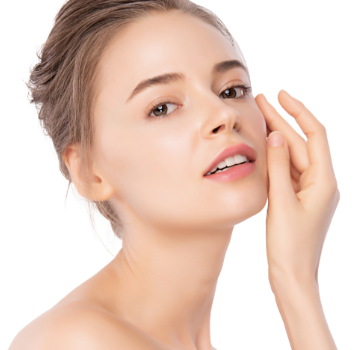Understanding Common Types of Skin Scarring: Your Guide to Consultation Options
Scarring is a natural part of the skin’s healing process, though appearance can sometimes be a concern for individuals. Understanding the different types of scars and the available consultation options can be helpful for those who wish to discuss the management of their skin’s appearance. Below, we outline common causes and types of skin scarring and explain how a professional consultation may help you understand your options.

Common Causes of Scarring
Wounds and Injuries: Cuts, burns, abrasions, and surgical incisions may all result in scarring depending on depth and healing factors..
Acne: Breakouts can cause inflammation and damage that sometimes result in visible scarring, such as depressions or raised marks.
Infections: Deep or severe infections may lead to scarring as the body repairs affected areas.
Skin Conditions: Chickenpox, shingles, or psoriasis can occasionally leave scarring following the healing phase.
Surgical Procedures: Surgical incisions can result in visible scars, depending on individual healing characteristics.
Trauma and Accidents: Lacerations and blunt trauma may cause scars as part of the skin’s natural repair process.
Genetic Predisposition: Some people have a higher likelihood of developing raised or thickened scars due to collagen production factors.
Foreign Bodies: Objects or debris within wounds (e.g. piercings) can sometimes interfere with healing and result in scarring.
- Types of Skin ScarringAtrophic Scars: Characterised by depressions in the skin (e.g. ice pick, boxcar, and rolling scars), often associated with acne.
- Hypertrophic Scars: Raised scars that stay within the boundary of the original wound, often pink or red in colour.
- Keloid Scars: Thick, raised scars that extend beyond the initial wound site due to excess collagen formation.
- Contracture Scars: Typically following burns, these scars may tighten the skin and affect mobility.
- Stretch Marks (Striae): Fine lines or streaks that appear when the skin stretches quickly, such as during pregnancy or growth periods.
Frequently Asked Questions
What are the options for managing the appearance of scars?
During a comprehensive consultation, our clinicians can discuss a range of options suited to your individual needs.
Topics may include topical care, such as silicone-based products, and professional discussions around clinical approaches that may be appropriate for your situation.
These could include Collagen Induction Consultations, Chemical Peel Consultations, Skin Laser Consultations, or Consultations for Acne and Tethered Scars.
Your clinician will assess suitability before any recommendation is made.
Will the appearance of my scars change over time without a consultation?
The way a scar matures can vary between individuals. Some may naturally become less noticeable over time, while others may remain visible. A consultation provides an opportunity to understand your skin’s natural healing processes and explore safe, evidence-informed options that may support your ongoing skin management.
What is the expected timeline during a scar management plan?
Timelines differ depending on the type and severity of the scarring, and on the methods discussed.
Your clinician will explain what to expect, including possible stages and duration of any plan, before you make a decision.
Are the procedures discussed painful?
Comfort measures, including topical anaesthetic, can be used where appropriate.
Your clinician will explain what sensations to expect and ensure that all steps are taken to maximise comfort during any in-clinic procedure.
What are the potential side effects or risks I should be aware of?
All clinical and cosmetic procedures carry potential risks. During your consultation, your clinician will discuss possible side effects, which may include:
- Temporary redness or swelling
- Mild itching or discomfort
- Temporary changes in pigmentation
You will receive aftercare advice tailored to your situation to support recovery and safety.
Can consultations and subsequent procedures completely remove the appearance of scars?
It is important to maintain realistic expectations.
The goal of a scar management consultation is to discuss ways to support the appearance of scars rather than complete removal.
Your clinician will explain the expected outcomes and limitations during your appointment.
Are the options discussed suitable for all skin types and tones?
Each consultation includes a detailed assessment of your skin type and tone.
Certain options may be better suited to specific skin types, and your clinician will discuss this to ensure that any approach considered is both safe and appropriate for you.
Are there any lifestyle considerations that can support my skin during this process?
Yes. Supporting your skin health through a balanced diet, hydration, and sun protection can be beneficial.
These topics are commonly discussed as part of your consultation to help you manage your skin’s overall health.
How do I determine the right approach for my specific scar concerns?
The first step is a consultation with one of our clinicians at Shellharbour Skin.
This session allows your clinician to assess your skin, review your medical history, and discuss your goals.
Based on this information, you’ll receive individualised advice on which options may be suitable for your situation.
If you have a question, get in touch and one of our staff will be in touch shortly.




